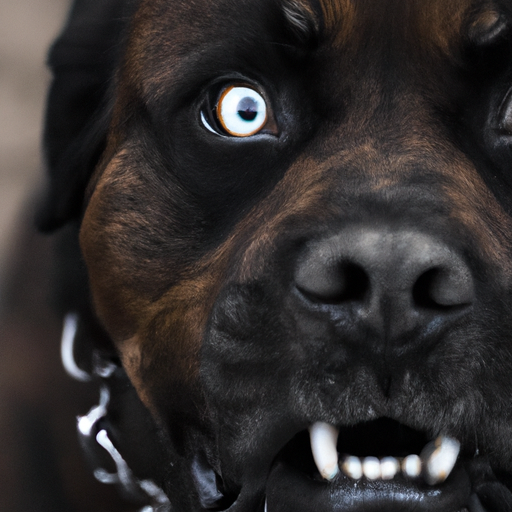Owning a dog is an experience filled with countless rewards, from the joy of companionship to the loyal bond that develops over time. However, as a caregiver, you may occasionally encounter behaviors that concern you, such as growling. This article aims to shed light on this common yet often misunderstood behavior.
Understanding Dog Growling
To understand why your dog growls, it’s important to know that growling is a form of communication. A growl can signify various emotions, including fear, aggression, or a simple request for space.
- Fear: Dogs often growl when they feel threatened. This could be a reaction to a new environment, unfamiliar people, or other animals.
- Aggression: If a dog perceives someone or something as a threat to their territory or family, they may growl aggressively.
- Request for Space: Sometimes, a dog may growl simply because they want to be left alone. This is common when they’re eating, playing with a favorite toy, or resting.
Decoding the Types of Growls
Believe it or not, not all growls are the same. There are different types of growls that dogs use to communicate different messages.
- Warning Growl: A deep, low-pitched growl often serves as a warning. The dog might feel threatened and is warning the perceived threat to back off.
- Playful Growl: This is a lighter, almost musical growl that dogs often emit during play. It’s their way of saying they’re having a good time.
- Pain-Induced Growl: If a dog is injured or feeling unwell, they might growl to communicate that they’re in pain. This growl is often accompanied by other signs of discomfort.
How to Respond to Your Dog’s Growling
Understanding why and when your dog growls is only half the battle. Here are some helpful tips on how to respond:
- Stay Calm: It’s crucial not to panic or react aggressively. This could escalate the situation.
- Assess the Situation: Try to identify what’s causing your dog to growl. Are they feeling threatened? Are they in pain? The underlying cause will influence your response.
- Respect Their Space: If your dog just wants some alone time, respect their wish. This can help prevent the situation from escalating.
Training Your Dog to Stop Growling
While it’s essential to respect your dog’s feelings, excessive growling can be a problem. Here are some strategies to help manage this behavior:
- Positive Reinforcement: Reward your dog when they’re calm and quiet, encouraging them to adopt this behavior more often.
- Distraction: If your dog tends to growl at specific triggers, try to distract them with a toy or treat.
- Professional Help: If the growling becomes a serious issue, consider seeking help from a professional dog trainer or behaviorist.
Preventing Growling in Puppies
When it comes to puppies, prevention is often better than cure. Here are some tips to prevent growling from becoming a habit:
- Socialize Your Puppy: Expose your puppy to a variety of environments, people, and other animals. This can help them become more comfortable in different situations and decrease the likelihood of fear-based growling.
- Teach Them to Share: Encourage your puppy to share food, toys, and space to reduce possessive growling.
- Provide Plenty of Mental and Physical Stimulation: A bored puppy is more likely to exhibit problem behaviors, including growling.
FAQ
Q: Is growling always a sign of aggression?
No, not always. Dogs growl for various reasons, including fear, discomfort, or even during play.
Q: How can I tell if my dog’s growling is serious?
If your dog’s growling is accompanied by aggressive body language, like bared teeth or raised hackles, it may be serious. Always consult with a professional if you’re unsure.
Q: What should I do if my dog growls at other dogs?
Try to identify the cause. If it’s due to fear or discomfort, consider consulting a professional for training advice.
Q: Can growling be a sign of health issues in dogs?
Yes, dogs often growl when they’re in pain. If your dog’s growling is accompanied by other signs of discomfort, seek veterinary advice.
Remember, as a caregiver, your dog looks to you for guidance and understanding. By understanding their growls, you can ensure that their needs are met, and the bond between you only grows stronger.



